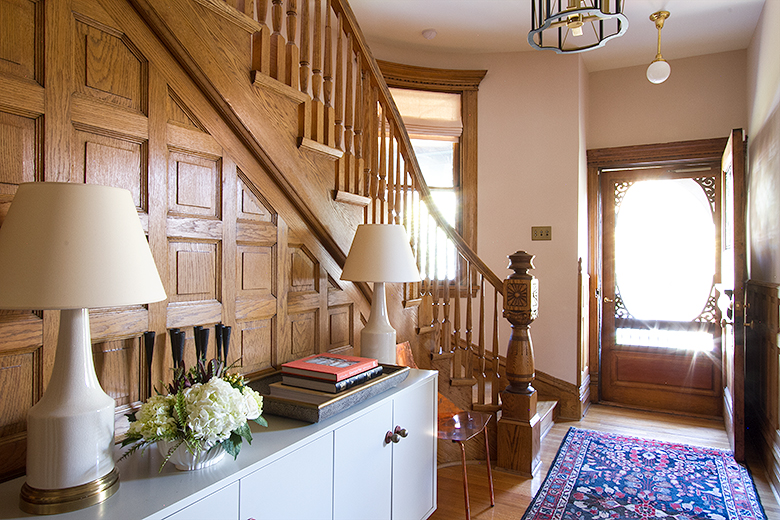When buying a house, apartment or other type of property, many Swiss people make mistakes that could absolutely have been avoided. We have prepared a list of the ten worst mistakes for you.
With the purchase of a house, many Swiss realize their dream. But unfortunately, many inexperienced buyers of a house or apartment fall into one or more traps before moving in when it shouldn’t be the case. That’s why we’re detailing the ten biggest mistakes you make when buying a property.
Error 1: Documents are not read carefully
Even if it is a lot of work: Before the appointment of the notary, read all the documents necessary for the purchase, such as rental contracts, property tax assessment or calculations of the living area, and check that they are complete. It is also essential to check whether there are any outstanding charges or mortgage rights in the land register which could be transferred to you as a buyer! When buying a condominium unit, you should also review the co-ownership settlements and annual accounts, including working capital figures.
Take at least two weeks to study the contractual basis in depth and organize the financing. If the seller won’t give you that time, there may be a problem and you shouldn’t get involved.
The most important documents for buying a property:
– Draft purchase contract (for a new building with a works and services contract)
– Extract from the land register
– Regulations, regulations for use and administration
– Minutes and annual accounts
– List of investments, renovations and acquisitions
– Distribution plans
– Cadastral plan of the entire site
– Building insurance information
– Building specification
– Separate contracts such as management or custodial contracts
– Building permit records
Mistake 2: Not properly inspecting the property
Buying an apartment or real estate should never be done without a visit and inspection! Important criteria for you when buying an existing property are, for example, noise pollution, the condition of the facade, the heating or the condition and quality of the windows. Unfortunately, you cannot verify these points on the basis of photos.
We recommend that you visit the property with a real estate agent or a local buyers advocate expert so that you do not have to pay unexpected additional costs for the renovation. They will recognize defects more quickly and can advise against the purchase or give decisive advice in order to negotiate a discount on the purchase price.
Mistake 3: Calculating the purchase price only at the time of granting the loan.
Since summer 2014, the principle of the lowest value applies to the mortgage market. In other words, it is no longer necessarily the purchase price that is decisive for calculating the maximum loan amount that a bank or insurance company can grant, but often the institution’s estimate. financial. This is the case if the estimated value is lower than the purchase price. Therefore, you might need a lot more equity to buy a house.
Mistake 4: Buying the first property without thinking too much
Take a look at different properties and compare offers from different banks to get an idea of the market. After all, a mortgage is the biggest loan of your life. Don’t believe those who tell you that their property is a particularly attractive offer and that you should buy it immediately at the price. There is often room for negotiation when it comes to price. Only buy the house or apartment if you are absolutely certain.
Mistake 5: Calculating with the current interest rate
In the case of mortgages, which are currently extraordinarily favorable, many apartment and house buyers do not want to understand that they must meet the so-called affordability criteria in order to obtain a mortgage. Concretely, the operating costs after buying the house through the mortgage cannot exceed more than 33% of your gross household income. And that’s not all: so that you can pay the long-term interest, the bank or the insurance company calculates an annual interest rate charged at 5%. Additionally, you can expect a maintenance fee of around 1% of the property value per year.
Mistake 6: Not asking for a reference from the constructor
If you’re not buying an existing property, you should put your building partner to the test. Unfortunately, there are black sheep in the market. Ask for references and up-to-date debt enforcement information and check with the land registry office who owns the plot.
Error 7: Not paying the deposit to a blocked account
If the seller requires a deposit, never pay the amount directly, but always into a blocked account. For the purchase of an apartment or a single-family house, try to pay no more than 5% / 10% of the purchase price in advance.
Mistake 8: Negotiating any cost caps
If you are building your dream house or your dream apartment, you need to agree on guaranteed fixed prices, packages or a cost cap. This is the only way to prevent the final bill from exceeding your budget. You should also specify in the contract that the changes require your written consent and should also be offered separately.
Mistake 9: Not having warranty for defects
General construction companies like to hide in their contracts the clauses with which they assume responsibility for defects vis-à-vis you. Make sure that the general building contractor retains his warranty obligation, ie he does not transfer it to subcontractors! Do not sign a contrary contract, because if there is indeed a defect, you will have to deal with individual craftsmen and subcontractors! We recommend that you declare that the standards of the Swiss Association of Engineers and Architects (ASA) form an integral part of the contract, in particular the SIA 118 standard. Each client must know and have at his disposal these contractual provisions for construction works. , but also technical standards.
Mistake 10: Negotiating your mortgage badly
Buying a property usually includes taking out a mortgage. We have summarized, in a separate article, the 10 biggest mortgage mistakes when buying a home.
Infographic provided by The Sherry Riano Team, a FHA loan lender





